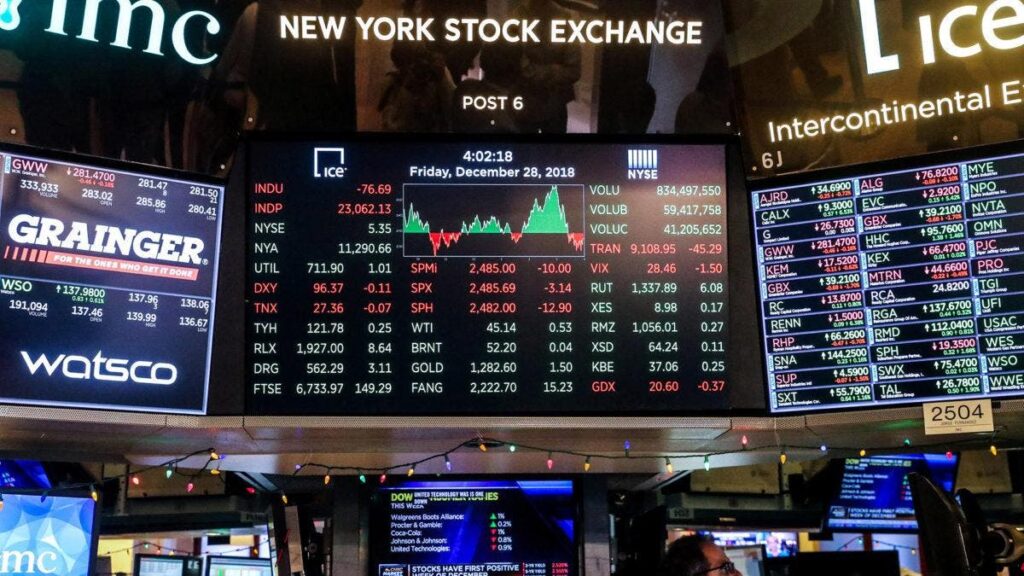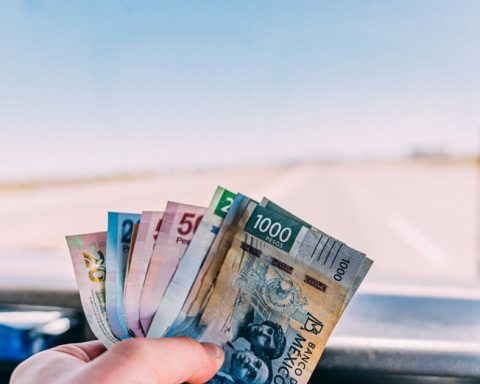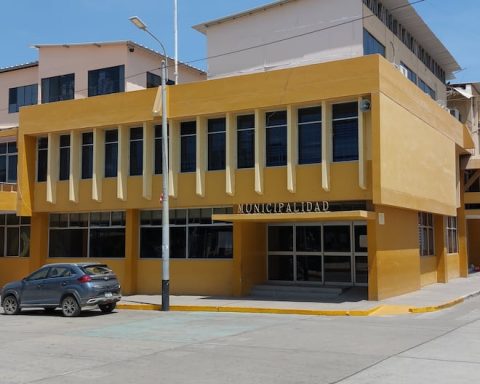The “multiplication by 20 of Montevideo’s classification capacity” It has been one of the main hoses of the Carolina Cosse administration in terms of cleaning, after it announced on January 1, 2021 the distribution of bags for buildings and cooperatives, an experience that it later expanded throughout the year to reach the 1,800 in the department.
However, so far the bet has not moved the needle in terms of recycling. The data from the Packaging Management Plan (PGE) of the Chamber of Industries (CIU) that you accessed The Observer point out that in 2021 The capital rebounded in the number of tons of classified waste compared to 2020 –an atypical year in the industry–but it is far from reaching the levels of the previous two pre-pandemic years.
It should be clarified that the previous year was already exceptional because Two reasons: Sorting plants were closed for four months due to the pandemic, and consumption fell due to economic resentment. The less consumption, the less garbage, and this was reflected in the indicators.
According to PGE data, 1,794.3 tons of garbage arrived at the plants throughout the past year. That is 56% more than in 2020, but 40% less than in 2019 and 42% less than the year before that.. In summary, the amount of potentially recyclable materials that the people of Montevideo set aside in their homes and that the administration transferred to the plants is less.
Within that which actually reached the hands of the classifiers in 2021, 44.3% was recovered for subsequent recycling. In this regard, there is a continuous growth year after year in the proportion of waste that is recovered, within those that arrive at the plant. In 2020, 39% of what reached the plants was recovered; in 2019 (with more tons to classify) the percentage recovered had reached 35%, and the previous year it had been 30%.
The figures for 2021 imply that only 5.2% of the containers dumped by the industry on the market were recovered in the capital.
The PGE arises from the regulations of the Packaging Law, and is significant insofar as refers strictly to discards generated in households. The mechanism consists of industries pouring containers onto the market – boxes, bottles, packaging, among others – through products that, after being consumed at home, end up in the trash, and from there to special containers – such as those that They are outside the supermarkets.
The CIU finances the four sorting plants in Montevideo. Everything that comes out of the pockets goes there. One of the qualities highlighted by the mayor Carolina Cosse is that 90% of its content “is recovered to classify”. “It’s a very high percentage. For example, between 40% and 45% of the containers to classify in municipality B are recovered. Recovering 90% is very good because you also get tonnage from what goes to the final disposal center,” the hierarch had said in January to The Daily.
Camilo dos Santos
Bags distributed by the administration in buildings and housing cooperatives
According to what was disclosed by the Municipality of Montevideo (IM), the bags captured 350 tons of materials that could be recycled last year. Today there are 1,800 of these devices, although the commune intends to bring them to 3,000. Despite this bet, it managed to capture fewer tons of waste than at pre-pandemic levels.
consulted by The Observer, the director of Environmental Development of the IM, Guillermo Moncecchi, recalled both the closure of the plants and their transition to cooperative management as factors that contribute to an “adjustment process” in the system. Another element on the table was the rapprochement with the plant 5 Bisa property attached to the Felipe Cardoso landfill where the trucks enter and dump the remains in accordance with a group of classifiers who work there.
Moncecchi explained that last year they began to divert to that place part of the “more mixed materials” that come out of the containers of municipality B. “Less material reaches the plants but more and more is recovered”raised.
“The trend of change is already beginning to be seen, because although they did not recover the pre-pandemic levels, it is seen that it is higher than it was before. An adjustment process is taking place that will continue with the IDB loan and with the work on the Packaging Law”assured the hierarch.
The figures are part of the negotiation to approve a loan of US$ 70 million from the Inter-American Development Bank (IDB) that will have various cleaning measures as its main component. From the construction of ecocenters, the installation of intradomiciliary containers to special glass containers, the project seeks to “take to another level” the current classification levelsas Moncecchi had declared.
Despite objections from the opposition, the Cosse administration intends to secure this block of more than US$40 million for waste collection.
Not everything that reaches the plant can be recovered. All it takes is a paint stain or a little moisture from poorly discarded waste for certain materials to go to waste. According to the IM, that is what happens in more than half of the garbage that is dumped in the green and orange containers of the Center.
At the same time, the CIU and the Ministry of the Environment are working on reformulating the plan that will allow them to recover more than 50% of what is dumped on the market by 2025. In 2021, that level did not exceed 12%. The union estimates to invest between US$40 and US$50 million to have 29 material reception centers in all departments – today there are only six – and another 9,000 return points – such as containers.
The CIU will promote the “deposit-reimbursement” system to provide an economic incentive for classification – the new centers will receive everything from plastics to paper, cardboard and metals –, as announced at the end of February.














